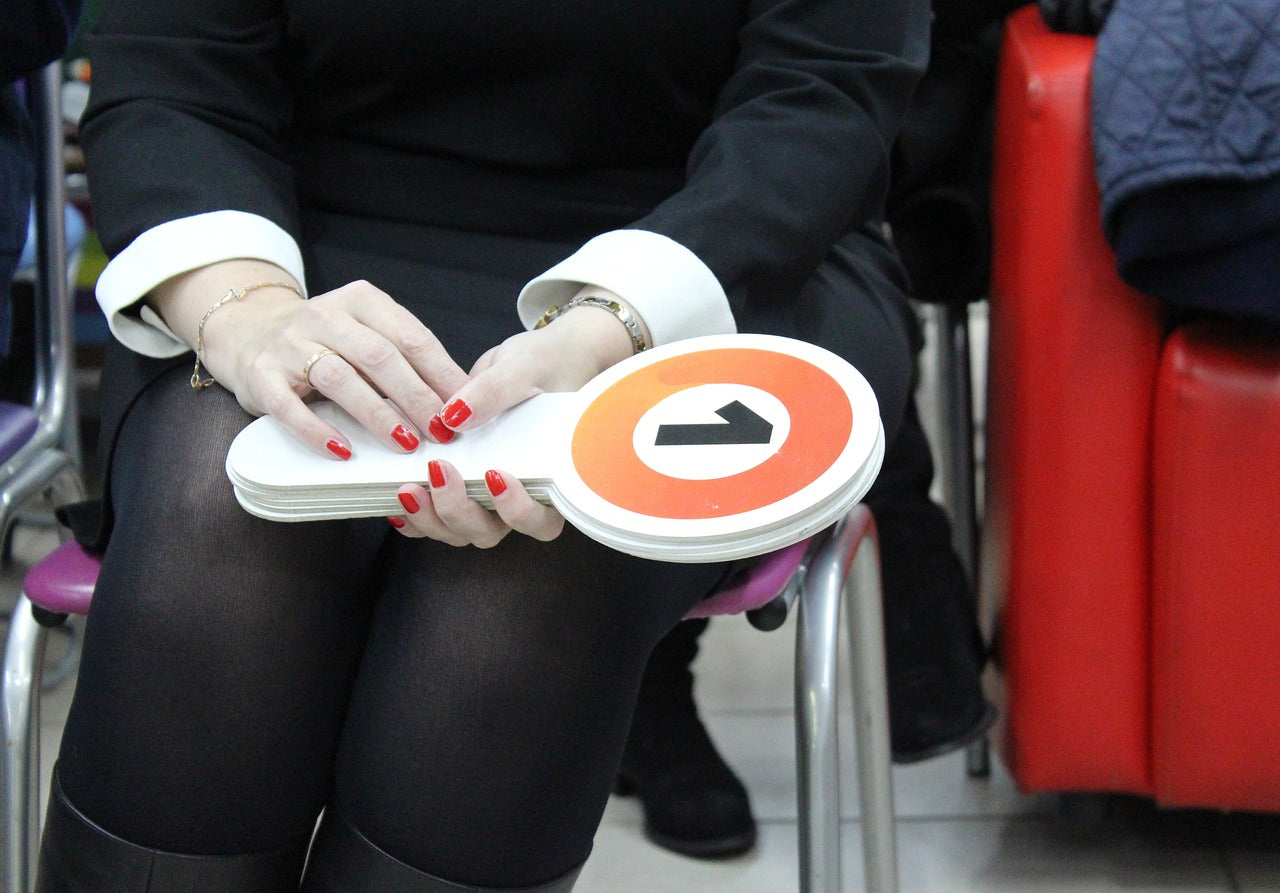
Mastering Gemstone Auctions: From Advantages to Risks
Beyond their inherent beauty, gemstones have proven to be valuable investments, attracting collectors and investors alike. While gemstone purchases can be made through various avenues, one avenue that stands out for its unique advantages is the auction house.
In this comprehensive guide, we delve into why you should consider investing in gemstones at auction houses and how. We’ll cover the advantages of this approach, the types of gemstones available, the auction process itself, tips for first-time buyers, and potential risks and ways to mitigate them.
Whether you’re an experienced gem jewelry investor or stepping into this world for the first time, this guide will equip you with the knowledge and strategies needed to navigate gemstone auctions with confidence and success.
Advantages of Purchasing Gems at Auction
Auctions provide a unique blend of advantages that position them as a foremost choice for those seeking to acquire these precious treasures.
The first notable advantage is the transparency inherent to the auction process. Auction houses meticulously outline the auction rules and procedures, ensuring that all participants, from registration to bidding and winning, have a clear understanding of how the auction will unfold. This transparency minimizes uncertainty, allowing buyers and sellers to engage in gemstone transactions with great clarity, which fosters confidence.
Furthermore, auctions are characterized by their liquidity, offering an efficient avenue for converting gemstones into cash. When a gemstone is won at auction, the buyer is typically required to complete the purchase immediately, facilitating a swift and seamless transaction.
The competitive dynamics of auctions also play a pivotal role in establishing fair market prices, as multiple participants, each with their own motivations, engage in spirited bidding. This open competition ensures that gemstones are bought and sold at prices reflective of their quality and desirability.
In addition, auctions also provide extensive information about the gemstones on offer. Auction houses invest in providing comprehensive descriptions, detailing essential characteristics of the gems such as color, cut, clarity and carat weight. They also often provide professional gem-grading reports from the most renowned gemological labs in the world. This wealth of information empowers buyers to make informed decisions, mitigating the risk typically associated with gemstone acquisitions.
Auctions also stand out for their ability to attract a diverse range of participants. Serious collectors, gemstone necklace enthusiasts and seasoned investors all converge on these platforms, contributing to the vibrancy of the marketplace. This diversity enriches the competitive landscape, ensuring that gemstones find their true market value.
Lastly, the structured and scheduled nature of auctions ensures that gemstone transactions occur on specific dates and at designated times. This predictability enhances the overall efficiency of the buying process, allowing participants to plan and prepare with confidence.
Commonly Available Gems at Auction
Whether you seek the timeless elegance of diamonds or the captivating charm of colored gemstones, auction houses offer a treasure trove of options to explore and consider for your investment portfolio.
This diverse selection typically includes high-quality, untreated gems of distinction, such as exceptional white and colored diamonds, extraordinary pearls, rubies and sapphires of outstanding color and clarity, and fine emeralds characterized by vivid green hues and minimal inclusions, all with exemplary provenance.
Beyond these renowned gems, auctions also showcase a wide array of other, perhaps lesser-known, gemstones, such as alexandrite, spinel and tourmaline, each possessing its unique attributes and investment potential.
Many gemstones offered at auction houses also come with well-documented histories and pedigrees. These stories can enhance a gem’s desirability and investment potential, adding a layer of fascination for collectors.
The Auction Process for Gems
Whether you’re an experienced participant or a newcomer to the world of gemstone auctions, understanding the well-structured and methodical auction process that governs the acquisition of these precious assets is crucial for embarking on a successful journey.
Participation in a gemstone auction begins with the requisite registration process, where interested buyers establish their eligibility to bid. Typically, this entails providing identification, financial information and credit references to the auction house. This ensures that all participants are well-qualified and ready to engage in the auction proceedings.
Before the auction commences, prospective buyers are afforded the opportunity to inspect the gemstones available for bidding. This critical phase can be conducted in person, allowing individuals to closely examine a gem’s physical attributes, or through comprehensive catalogs and online resources. Such resources provide detailed information on each gemstone, including descriptions of characteristics, provenance and any accompanying gemological reports. This thorough preparation equips buyers with the knowledge needed to make informed decisions during the auction.
The heart of the auction process is the bidding phase. Registered participants, whether present in person, participating remotely via phone or engaging through online platforms, have the opportunity to place bids on their desired gemstones. Bidding typically begins at a minimum reserve price, which is the lowest price at which the seller is willing to part with the gem. As the bidding ensues, participants compete, incrementally increasing their bids to secure the gemstone of their choice.
The culmination of the auction is marked by the highest bidder emerging as the winner of the coveted gemstone. Upon winning, the successful bidder is obligated to pay the hammer price, which is the final price at which the gemstone was sold. In addition to the hammer price, the buyer might be responsible for additional fees, such as the buyer’s premium, which is a percentage of the hammer price that goes to the auction house, as well as sales tax, shipping fees and perhaps import taxes if the auction is international. The successful bidder is then presented with the gemstone, marking the culmination of an exhilarating journey from registration to ownership of a prized gem.
Tips for First-Time Gem Buyers
For those embarking on their maiden voyage into the world of gemstone auctions, a few strategic insights can make all the difference. From forging connections with gem experts at auction houses and the broader gem community to researching past auction results, these guidelines serve as a compass to steer newcomers toward successful and rewarding purchases.
Establishing a rapport with the gem specialists at the auction house can be immensely beneficial. These experts possess a wealth of knowledge about the ruby gemstones on offer and can provide valuable insights, helping you make informed decisions, such as how to distinguish a truly fine gem from other gems. Don’t hesitate to ask questions and seek guidance during the pre-auction viewing or through direct communication.
Engaging with other experienced gem buyers can also offer valuable perspectives. Their firsthand experiences and advice can provide practical insights into the auction process and gemstone market trends. Attend pre-auction events or engage with gem enthusiasts through online forums and social media platforms to expand your network.
The gemstone identification community at large is also a wellspring of information and expertise. Consider joining gemological associations, attending gem-related events or subscribing to industry publications to stay updated on market developments,precious gemstone trends and reputable sources. Networking within the community can open doors to valuable resources and connections.
Analyzing how similar gems have performed in past auctions can also offer valuable benchmarking insights. Review historical auction records to gain a sense of market dynamics, price trends and demand for specific gemstones. This research equips you with a strategic advantage when setting your bidding limits.
In addition, as a first-time buyer, it’s prudent to begin with gemstones that align with your knowledge and comfort level. Choose gem varieties and qualities that you can confidently assess. Gradually expand your horizons as you gain experience and familiarity with the auction process. Starting with something understandable ensures a smoother introduction to the world of gemstone auctions.
Potential Auction Risks and How to Mitigate Them
While gemstone auctions offer a treasure trove of opportunities, it’s essential for both novice and seasoned buyers to be aware of the potential risks inherent to this dynamic market.
Establish a clear and realistic budget before entering the auction arena. Determine the maximum amount you’re willing to spend on a gemstone, taking into account any additional costs. Beyond the winning bid or hammer price, there can be additional expenses, such as buyer’s premiums, taxes, shipping fees and any import duties. These additional costs can significantly impact your overall expenditure, so it’s essential to factor them into your budget and bidding strategy. Sticking to your budget also helps you not get emotionally attached to a gem, caught up in the excitement of bidding and overspend.
In addition, auction houses, while renowned for their rigorous authentication processes, are not responsible for the accuracy of gemstone grading reports. Buyers should exercise caution and procure gems that are fully certified by independent, reputable gemological labs. Without the proper certification, it’s a case of “buyer beware,” as gems that are incorrectly graded can have their value and investment potential significantly impacted.
Gemstone prices can also be subject to market fluctuations, influenced by factors such as supply and demand, economic conditions and consumer preferences. To mitigate this risk, stay informed about the gemstone market’s current trends and historical performance.
Investing in gemstones at auction houses can be a rewarding and potentially lucrative venture. The advantages of transparency, liquidity, diverse selection and competitive pricing make auctions an attractive avenue for both collectors and investors. By following the tips, setting a realistic budget, conducting thorough research and mitigating potential risks, buyers can confidently navigate the world of gemstone auctions and uncover the treasures within. Whether you’re an experienced gem enthusiast or a newcomer to the world of gemstone investments, auctions offer a unique opportunity to acquire these timeless and valuable assets.


